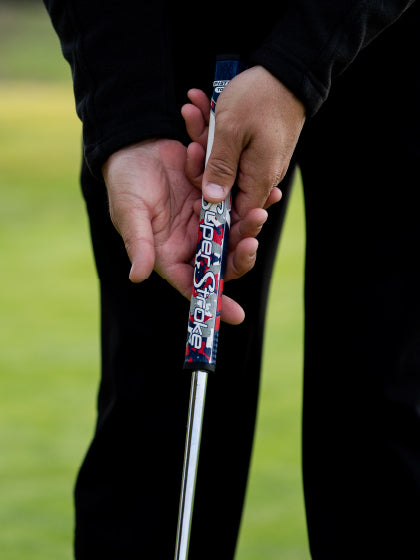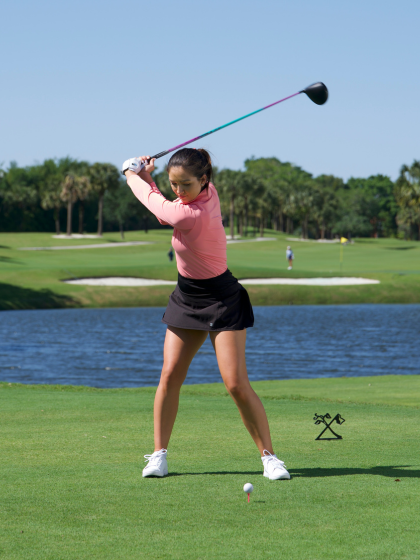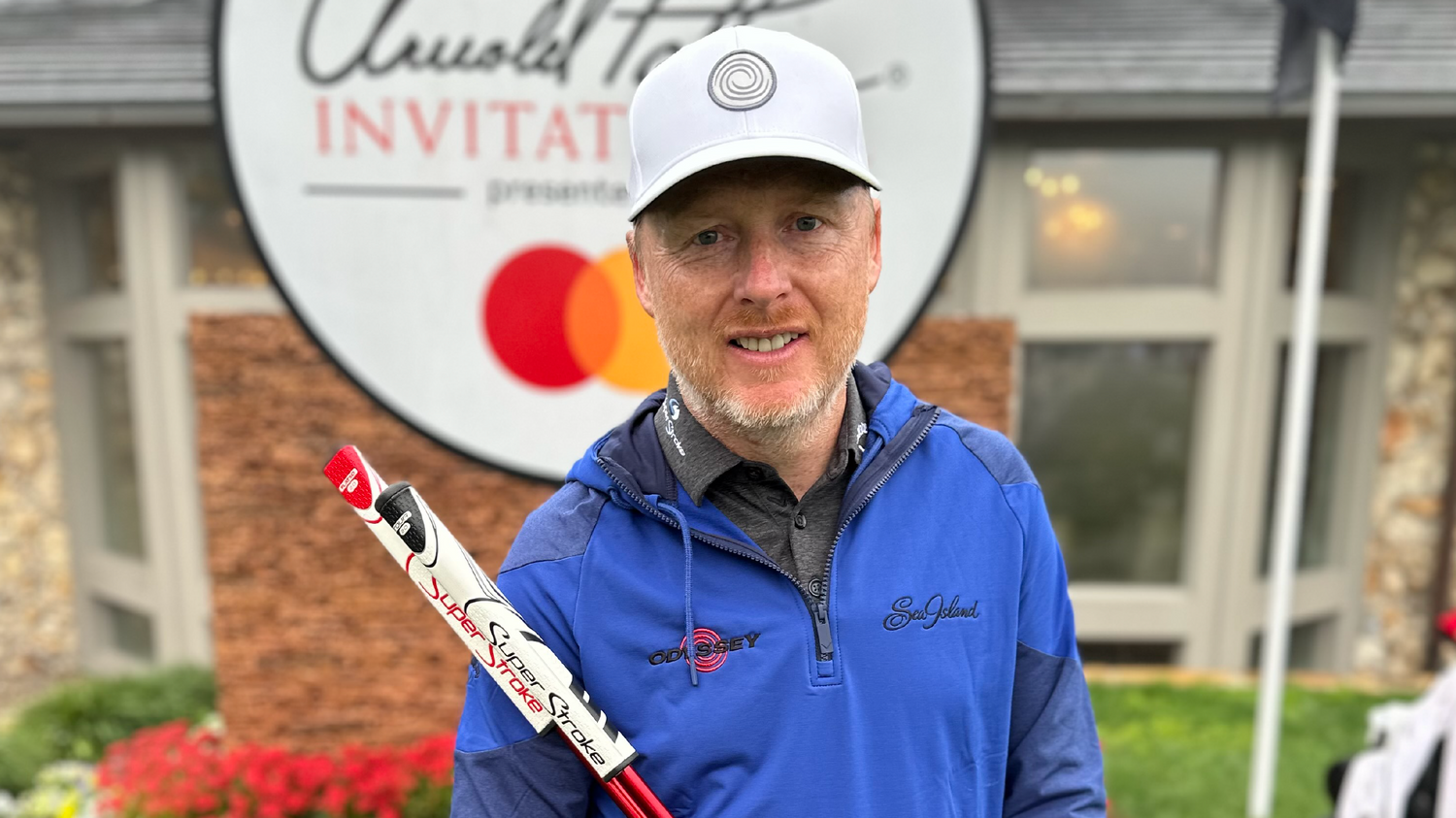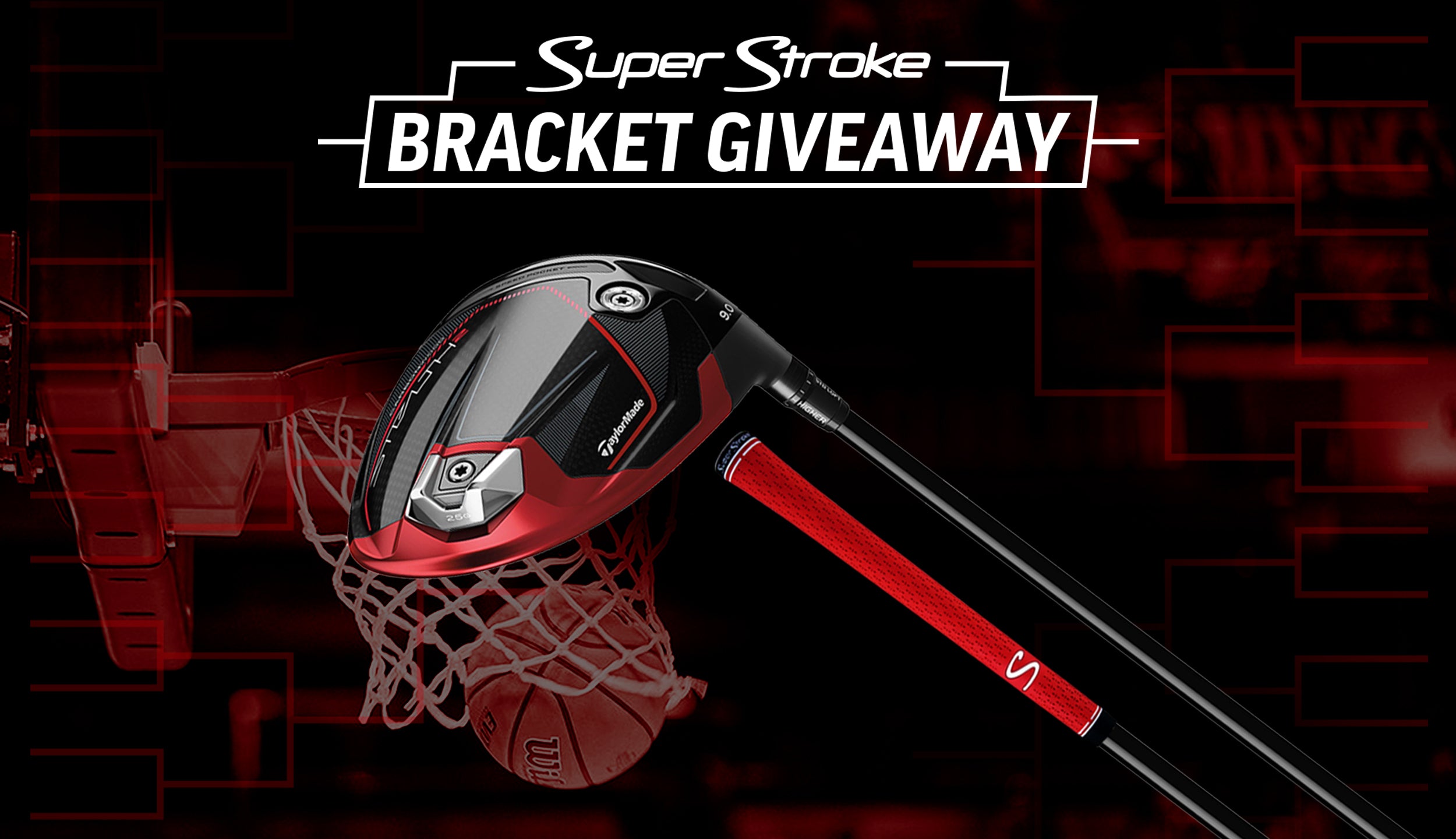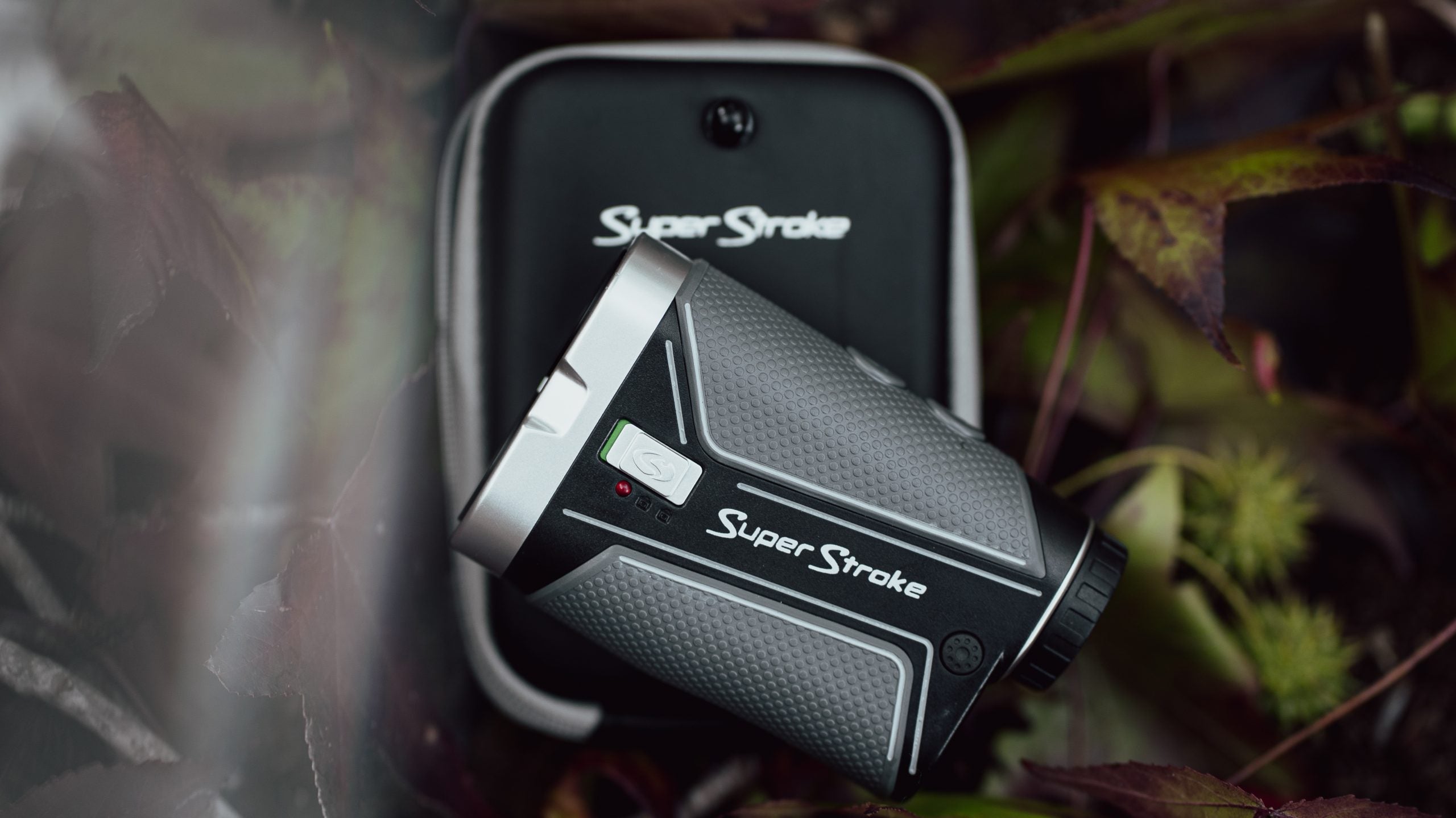Recent PGA TOUR winners like Justin Rose, Max Homa, and reigning U.S. Open champion Matt Fitzpatrick are all privy to the same modest, unassuming secret weapon. Respected and sought-after putting coach Phil Kenyon helps those players as well as Tommy Fleetwood, Keegan Bradley, Gary Woodland, Francesco Molinari, Henrik Stenson, and Lee Westwood figure out what it takes to score better and achieve more of their goals simply by holing more putts.
On the road at tour events almost half the calendar year, Kenyon stays on the cutting edge of game improvement and in tune with the needs of the game’s most elite players. Armed with a Master’s degree in sports science and a brief background as a playing professional, he makes effective use of high- speed cameras, a SAM Putting Lab, Quintic Ball Roll software and the interactive PuttView green reading technology, but is most proud of his ability to make putting improvement simple and actionable for his stable of professional and amateur students.
What attracted you to want to work with SuperStroke?
For me, it was the technology in the grip itself, with the simplicity of the no-taper design. One of the things that you often see with a lot of players is they struggle to get the right hand on the club in a comfortable position. With SuperStroke, the grip has the same diameter all the way down. Reduced tapering really produces a nice level of comfort in how the right hand sits on the grip and that feedback can give a golfer more confidence in how it feels to use the putter.
I did a study last year with biomechanist Mark Bull. We basically studied the effect of putter grip size, particularly the width of the grip across a sample group of golfers, and we found the bigger the grip, the slower the rate of rotation and the lower amount of overall rotation of the putter head. It also reduced flexion extension of the wrist, as well as promoting more ulnar deviation in the wrist; more towards ulnar means higher hands through the stroke.
I see a lot of amateurs who are too handsy and wristy in their strokes and they have too much rotation of the putter head. The study basically showed how the SuperStroke grip could help a lot of golfers. So, you can see why SuperStroke has proved to be a popular grip. The feedback that you get from the consumer when they use the grip matches the empirical evidence we found.
Is the variety of grip sizes another thing you like about the SuperStroke line and design?
I think that is a big help. Long before I was associated with the company, I had a lot of success with it through fittings. You got a range of different sizes and shapes, so there was always a grip that would lend itself well to the demands of a variety of customers.
Why do you think having a variety of grips sizes and shapes at your disposal is particularly important when fitting tour professionals?
Often with elite players, the range of wrist motion and consistency is going to be different to that of the non-elite player. Non-elite players typically would have a lot more going on in their hands. The tour player might be using a different shape of SuperStroke grip to improve their awareness and feel of where the club head is in time and space. A certain shape or size could help sync their movement up better.
I’ve definitely tweaked some guys into the Pistol or the Flatso just to put it in their hands and get a slightly different feeling. Sometimes that can just help improve that feel and awareness of where the handle is or where the club head is, or slightly adjust hand position. Small things can make a big difference at that level. Pros have different needs and goals from amateurs but, universally, they all appreciate the reduced taper.
Among the professional golfers you work with, have you ever had someone see a drastic improvement, or simply settle into a comfort zone more easily, by switching into a particular SuperStroke grip?
Definitely. When I first started to work with Gary Woodland, it was at The U.S. Open in 2018 where he finished T36. He had a particular wrist action as he would initiate his stroke, and we kind of altered his grip just to try and help modify that. He was struggling a bit with the grip change, so we switched the putter grip at the PGA Championship from the stock tapered putter grip to a non-tapered SuperStroke Pistol Tour and it made a significant difference. Gary could place his hands on the club correctly without him thinking about it, and he finished T6 that week.
With a non-tapered grip, Gary could now take the putter away with less hinge in the wrist. His problem was that his lead wrist would flex immediately as he was taking the putter away and when we got him into the Pistol Tour, it reduced that flexion. It’s similar to what our study showed regarding grip size and shape influencing and reducing wrist movement.
What would constitute a successful 2023 for Phil Kenyon, professional putting coach?
A good year for me would be, at the end of the year, to say that all the guys I work with became better putters. If I can say that, then I've done my job regardless of whether they win a trophy, keep their card, win a major, or whatever. If I can help them become a better putter during the course of that year, I feel like I would have done a decent job.
To learn more about Phil Kenyon visit https://www.philkenyonputting.com/.

